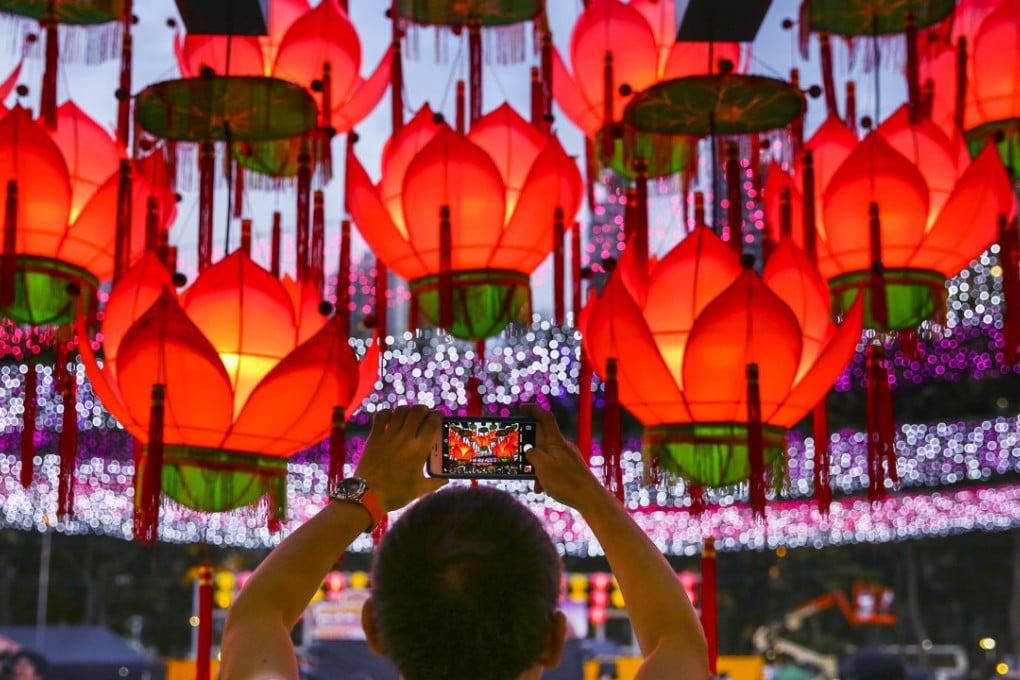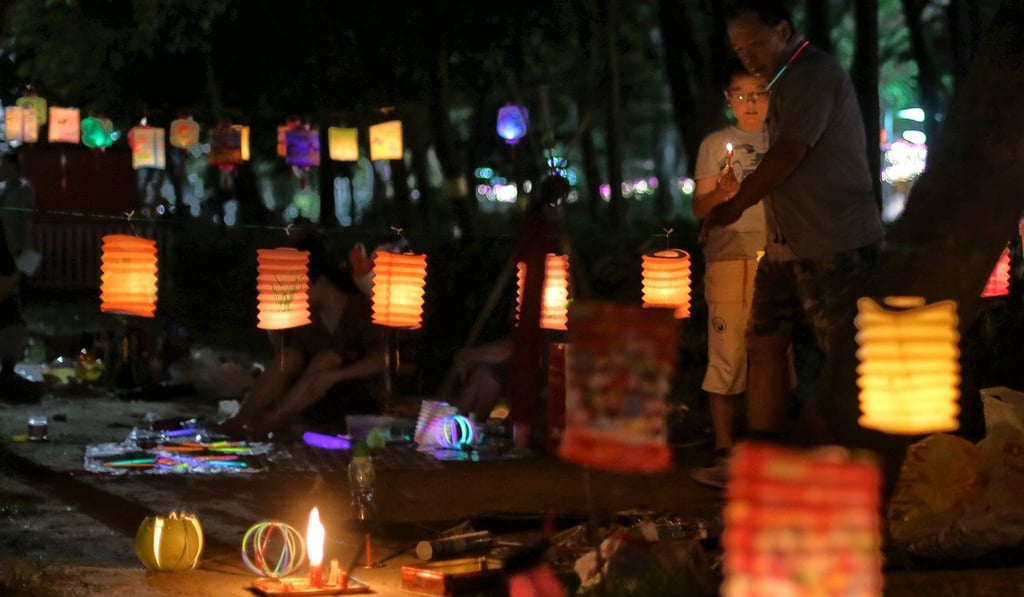Explainer | What is Mid-Autumn Festival all about? Chinese legends, lanterns, and mooncake mountains in Hong Kong explained
Ancient event was held to celebrate family while giving thanks to crop harvest, and its spirit lives on, albeit altered to suit contemporary culture

“May we live long and share the beauty of the moon together, even if we are hundreds of miles apart.”
This line from a famous Song dynasty poem written by Su Shi, better known as Su Dongpo, perhaps best captures the spirit of Mid-Autumn Festival, an age-old event with roots in both Chinese and Vietnamese cultures.
As Hong Kong is once again illuminated by dazzling lanterns of all shapes and sizes, the Post explores the ancient history behind the festival, which falls on the 15th day of the eighth month in the lunar calendar – the night when the moon is at its fullest and brightest.
For thousands of years, it has been an occasion for Chinese families and communities to come together and feast to give thanks for the harvest of crops following the summer.
Today, the family theme of the festival is still widely observed throughout Hong Kong. Children can be seen holding lanterns and shops tout mooncakes of every conceivable flavour.
